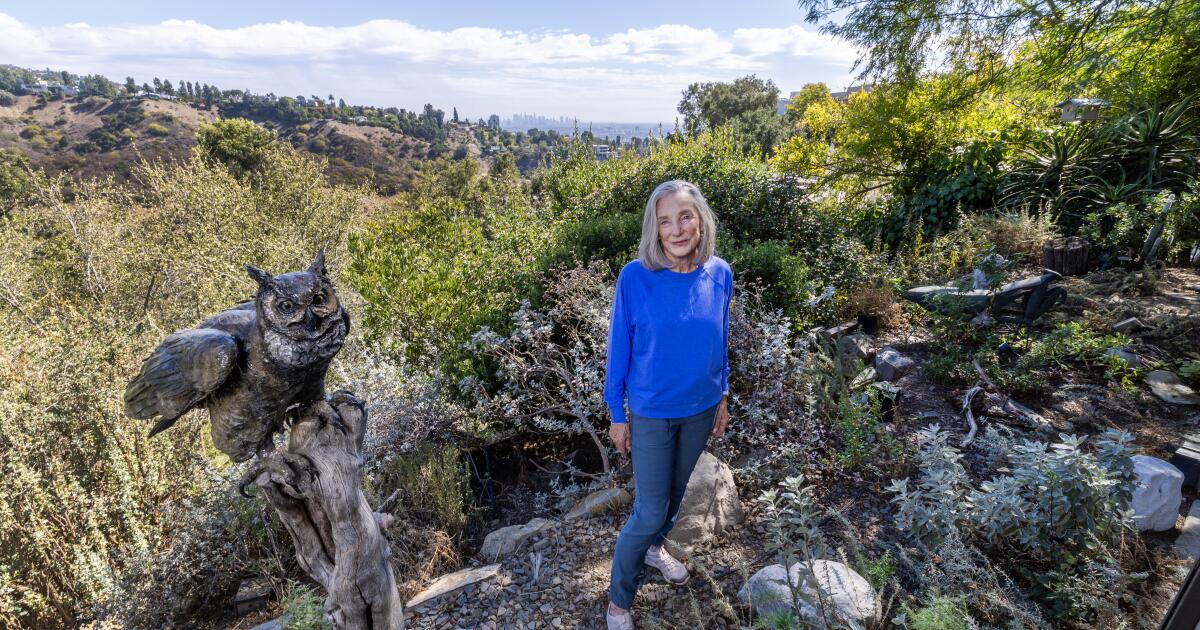Copyright Baton Rouge Advocate

“Natural History” by Brandon Kilbourne, Graywolf Press, 96 pages. Since 1999, the Cave Canem Foundation, a nonprofit devoted to cultivating the artistic and professional growth of Black poets, has awarded an annual prize to a debut poetry collection. This year’s Cave Canem Poetry Prize winner is Brandon Kilbourne, a Louisiana-born evolutionary biologist living in Berlin, whose “Natural History” is a brilliant and beguiling set of poems released by the top-tier independent publisher Graywolf Press. Born in Houma and raised in Lafayette, Kilbourne studied biological engineering at LSU and earned his doctorate in evolutionary biology at the University of Chicago. In 2014, he moved to Berlin as a research fellow at the Institute for Advanced Study and later worked at the Museum für Naturkunde. Recently, he returned to Baton Rouge as the 2024 LSU School of Veterinary Medicine’s third artist-in-residence. In a brief foreword to the collection, Natasha Trethewey, the Cave Canem Prize judge and inaugural winner, rightly references Thomas Jefferson, who fancied himself a lover of nature and poetry, as well as a race theorist. “Though for a century and a half we have had under our eyes the races of black and of red men,” he writes in “Notes on the State of Virginia,” “they have never yet been viewed by us as subjects of natural history.” “Misery is often the parent of the most affecting touches in poetry,” he wrote further on. “Among the blacks is misery enough, God knows, but no poetry.” “Natural History” opens with a striking series of poems that confront the intimately intertwined histories of early modern science, colonialism and slavery — a necessary corrective to Jefferson’s unpoetic drivel. The epic “Natural History, the Curious Institution,” a play on America’s so-called “peculiar institution,” reads as a catalog of slave ship manifests, a mix of human cargo and collected specimens. “TWO HUNDRED AND TWELVE slaves salvaged / while rescuing people from our Guineaman / foundered amid reefs off the Swahili Coast,” one reads. “While leaving the Bight of Benin, a squall downed the ship / fully loaded — truly a tragedy — the crew and captain lost / along with specimens of RHINOCEROS, ANTELOPE, and BATS.” “TWENTY percent of our Africans / written off to the squalor below deck: / diarrhea, fever, chains’ wounds gangrened,” another follows. “Yesterday arrived a most diverse assortment of SEASHELLS / in the hold of a new-built slaver; I detest the trade / and pity their cargo, but science nonetheless must progress.” Though these lines read as found texts, they are pulled from the profound depths of the poet’s expertise and imagination. The collection’s middle section features an engaging, 14-poem suite documenting Kilbourne’s June 2006 research expedition to Ellesmere Island, the most northerly point of land in Canada, tucked up near the far northwestern fringes of Greenland. A treeless tundra where giant mosquitoes swarm and the summer sun never sets, Ellesmere is a Darwinian dreamscape. “This land divulges ghosts,” Kilbourne writes, “among outcrops, the bones of dead life / forms weathering out from solidified silt.” Among the Ellesmere team’s findings was a 375-million-year-old fossilized Tiktaalik roseae skeleton, a fish possessed with fins that doubled as functioning wrists that allowed the species to prop itself up in shallow water, making it a likely evolutionary ancestor to many of the animals that walk, crawl and fly upon the Earth. Kilbourne cleverly guides readers to Ellesmere’s “dew-jeweled grasses and riverbanks / loud with purl-song the testing grounds for our upright strides— / millions of years of shape-shifting / since that first departure from water / leaving gilled beginnings forgotten to us.” He transports us into the island’s fossil-rich rock quarries and his team’s monumental discovery. “Our eyes captivated by the anatomy / crowning you as our ancestral chimera, / ancient amalgam of land and water. / Our gilled forebear, long slumbering / in the safety of your stratum, know / that the legacy unfolded from your wrists / today dares the clouds as an owl’s wings.” Long extinct, Tiktaalik lives on in science and now verse, as do other species honored in these pages. Kilbourne serenades the critically endangered Sumatran rhinoceros, the world’s smallest rhino — perhaps fewer than 50 individuals remain in the wild. He visits a preserved specimen, “an elegy in gloom,” housed in the Copenhagen Zoological Museum. “Behind an exhibit’s pane, taxidermied / feet fill the footprints of a lost species, / leaving a mounted remembrance / tangible for its final refuge: our fantasy / where wild animals live on and still exist.” In “The Last Sea Cow’s Testimony,” he gives voice to a manatee-adjacent, mammoth-sized mammal that once plied the waters of the Bering Sea. First encountered by European voyagers in 1741, the Steller’s sea cow was hunted to extinction within three decades. Now I am the last of the sea cows, my heart’s continued beating, my tail’s propelling labor, my streamlined existence all become hopeless defiance of our disappearance. Departing seaward into a sapphire void, I speak a vanishing tongue now no one else understands to spite the silence closing over us forever, entrusting this account to my bones that will litter the seafloor, my eye sockets soon home to crabs who will never glimpse a sea cow. “Cuvier only deduced extinction / in 1796,” he writes of the early French paleontologist credited with proving the theory that species can die out. “In little more than a century, / we have already mastered it.” In “Natural History,” Kilbourne offers a fierce clarion call, a splendid elegy for our own destructive tendencies. In the collection’s final poem, he challenges Samuel George Morton, an early American proponent of scientific racism. “I suppose that if Dr. Morton had met me, / he would have fantasized about my skull / assuming its place among the shelves / of his collection, yet here, among these / wood-and-glass cabinets safeguarding walrus / tusks, zebra skull grins, and platypus bills, / I would like to think that with the dead / I have found my place.”



